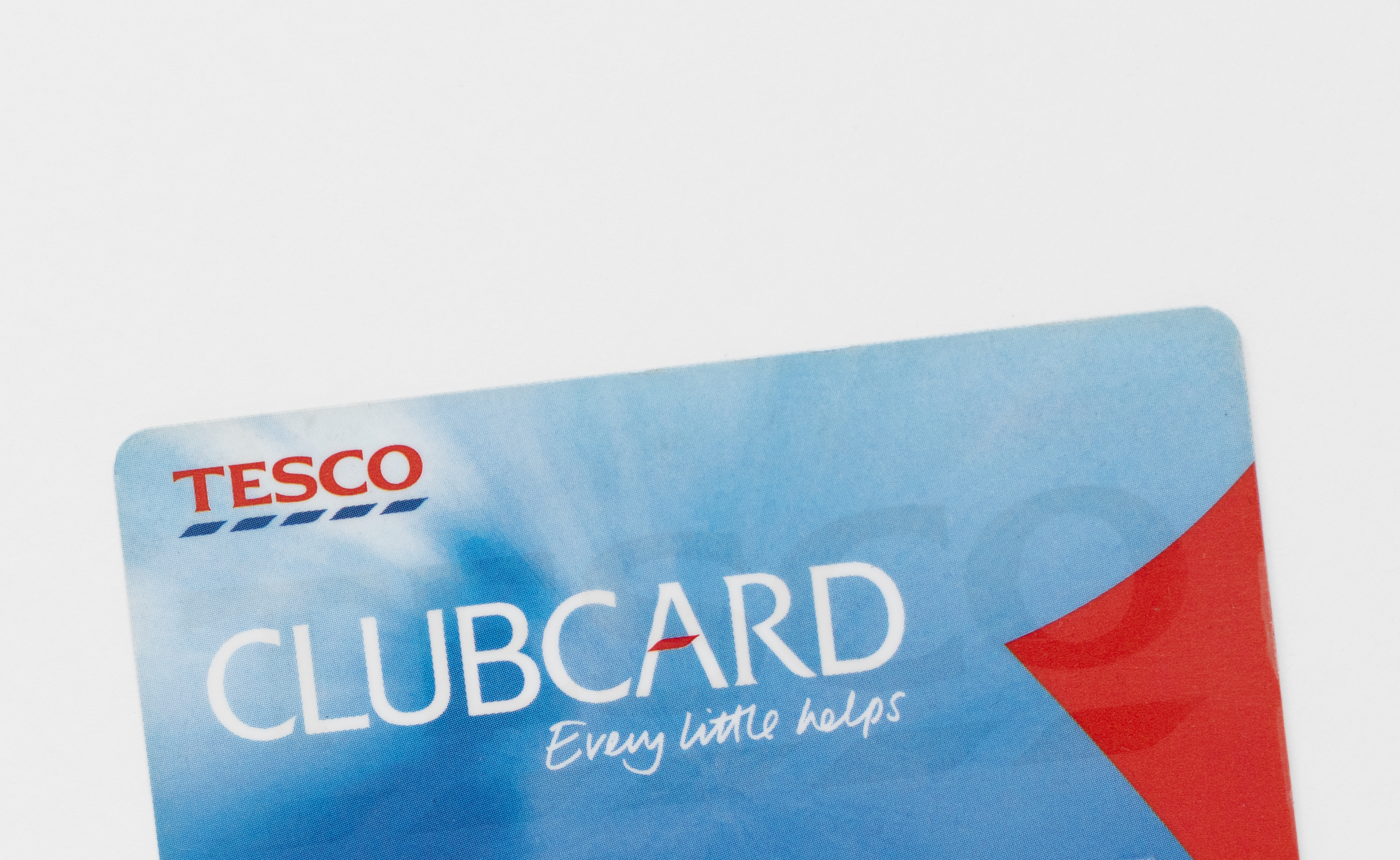Is bricks & mortar retail facing an existential crisis or a rebirth?
In a world where shoppers can buy just about anything online and have it delivered the very same or next day, it’s not unreasonable to ask – what is the point of stores? How can stores possibly differentiate when online shopping offers near-infinite assortment, hyper-personalisation and, increasingly, immediacy?
Over the past 18 months, bricks & mortar stores have been periodically forced to shut their doors and divert their customers to their least profitable channel – e-commerce. Retailers commendably pivoted, and consumers quickly adapted. But what happens next? Will habits learned during lockdown stick, accelerating the demise of the physical store, or will shoppers revert back to their old ways as normalcy resumes? Regardless, the pandemic-induced shift to digital has magnified the urgency for retailers to repurpose the physical space. There will be no return to the status quo.
So how do retailers balance the need for short-term agility with long-term vision? And, more importantly, what data should retailers be using to measure their success?
In this virtual debate hosted by Teradata, Mikael Bisgaard-Bohr, Vice President of Teradata EMEA, Clive Humby OBE, Co-founder of dunnhumby and chief architect of Tesco’s Clubcard, and I explore the key traits required as retailers navigate the complexities in this post-pandemic digital era.
“Historically, stores have measured two things – ‘how much and where’ – but what we need to understand is ‘who and why’,” said Humby. “We have got to stop thinking about just the transaction itself.”
Major high street retailers like Next believe that stores now face a “fundamental and irreversible disadvantage” to online and like-for-like sales declines will remain the new normal. I tend to agree. In a post-pandemic world, the role of the store will be three-fold – transact, inspire and facilitate online shopping. If the role of the store is no longer purely to sell, then how should we be measuring its success? Going forward, metrics like dwell time, conversion rates, staff satisfaction and percentage of online orders collected/returned instore are going to be a whole lot more meaningful than measuring the inevitable decline in transactions made within a retailer’s four walls.



